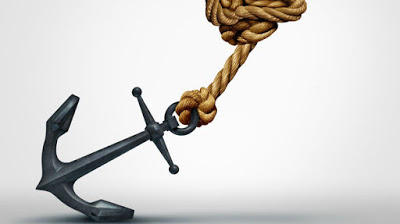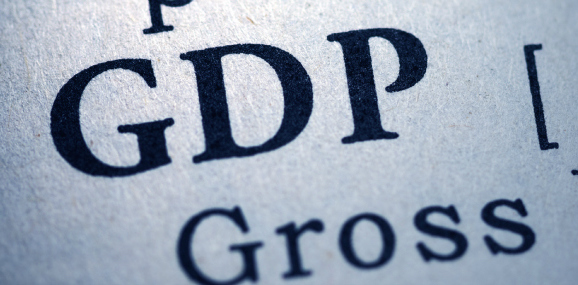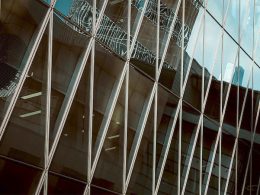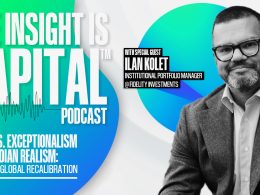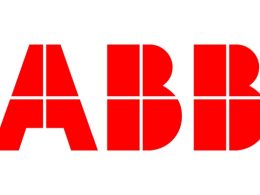by Greg Valliere, AGF Management Ltd.
THERE WILL BE LITTLE DOUBT this week that the U.S. economy is roaring back. The highlight will be Friday’s unemployment report — most experts anticipate a gain of several hundred thousand jobs, despite poor weather, chip shortages and shipping bottlenecks.
OUR FRIEND Diane Swonk, the Chief Economist at Grant Thornton, predicts Friday’s number for new private sector and government jobs could be close to 1 million. The unemployment rate could drop below 6%; Swonk thinks it could fall to about 5.7% from 6.2% in February.
OF COURSE IT COULD TAKE UNTIL LATE THIS YEAR to recoup all the jobs lost during the pandemic, but with vaccines surging, service jobs — from restaurants to hotels to airlines — will continue to spike as the country re-opens (and spends some of the $1.9 trillion in pandemic aid).
THERE WILL BE ANOTHER MAJOR STIMULUS STORY THIS WEEK: President Biden will announce a huge new infrastructure initiative that will focus on highways, bridges, dams, telecom, etc. Biden’s ambitious plan, to be unveiled on Wednesday in Pittsburgh, will be the first of three major new initiatives:
Phase One — Infrastructure: Polls show strong public support for even more spending. Some Republicans may go along as well (like most politicians, they want to bring pork to their home districts). So we think something close to $2 trillion in new infrastructure spending is likely over the next ten years.
Biden will seek to spend lavishly on roads, bridges, waterways and sewage systems, while investing in technologies including the next generation of Internet access and a wide array of clean-energy research and tools, retrofitting of buildings, and billions for electrical auto charging at filling stations.
This initiative reflects bipartisan concern about improving the country’s infrastructure (which of course would create jobs). Some experts believe the U.S. faces a $2 trillion-plus trillion funding gap, because of damage from water-main breaks, power outages and crumbling highways.
Phase Two — Tax hikes: The public seems to have a visceral desire to impose new taxes on “the rich,” and big corporations, with the top individual rate rising by at least a percentage point, with hikes in capital gains and estate taxes. The top business rate could rise to at least 25% (with new curbs on companies that shelter income in foreign subsidies).
Of the three Biden phases, higher taxes will have the most difficult time in Congress; thus it’s possible that more of the new spending simply won’t be paid for.
Phase Three — Social safety-net proposals could cost more than $1 trillion, extending the child tax credits that were part of the $1.9 trillion bill, while allocating new money toward child care, universal pre-kindergarten and free community college. This phase probably will include more subsidies for health-care and more aid for historically Black colleges. Congress may approve only half of this phase.
ALSO THIS WEEK, the Biden Administration will release a rough draft of its 2022 budget, which would increase spending on a wide range of domestic programs. This new climate of spending, not restrained by the budget caps of past decades, is beginning to agitate conservative Republicans, who may have the votes (with a few moderate Democrats) to set some limits.
LIBEERAL ACTIVISTS are aiming for at least $3 trillion in new spending, starting with Biden’s $2 trillion proposal on Wednesday. He probably won’t get that much, but at least half a loaf is possible.
BOTTOM LINE: We’ve been writing for months that an over-heating economy — with a labor shortage — coming, perhaps by fall, and there’s no reason to change that forecast. And we continue to anticipate an intense debate among policymakers about full employment, which is coming by year-end.


